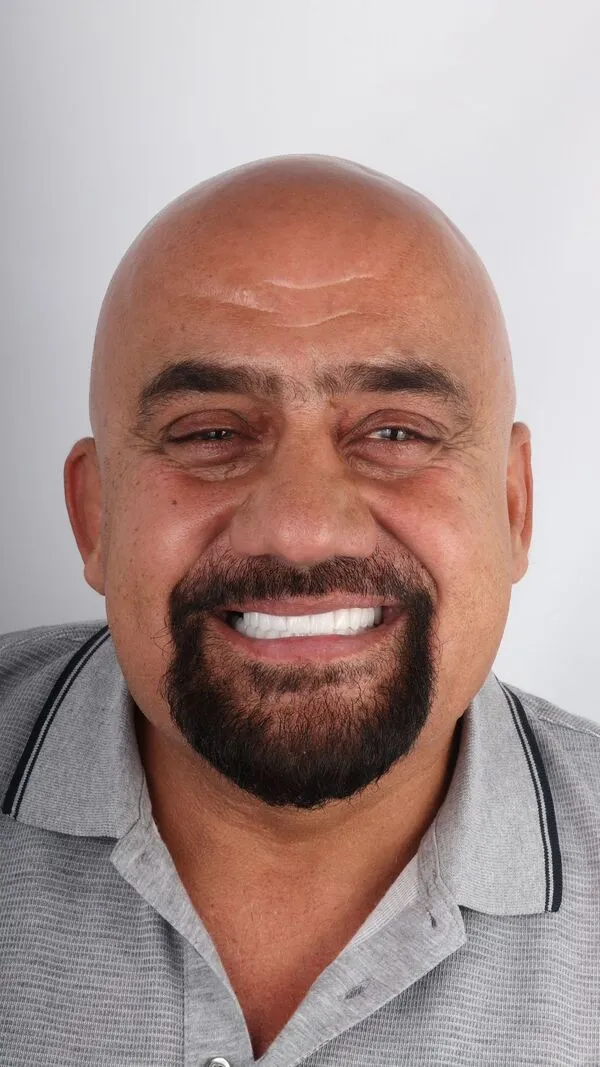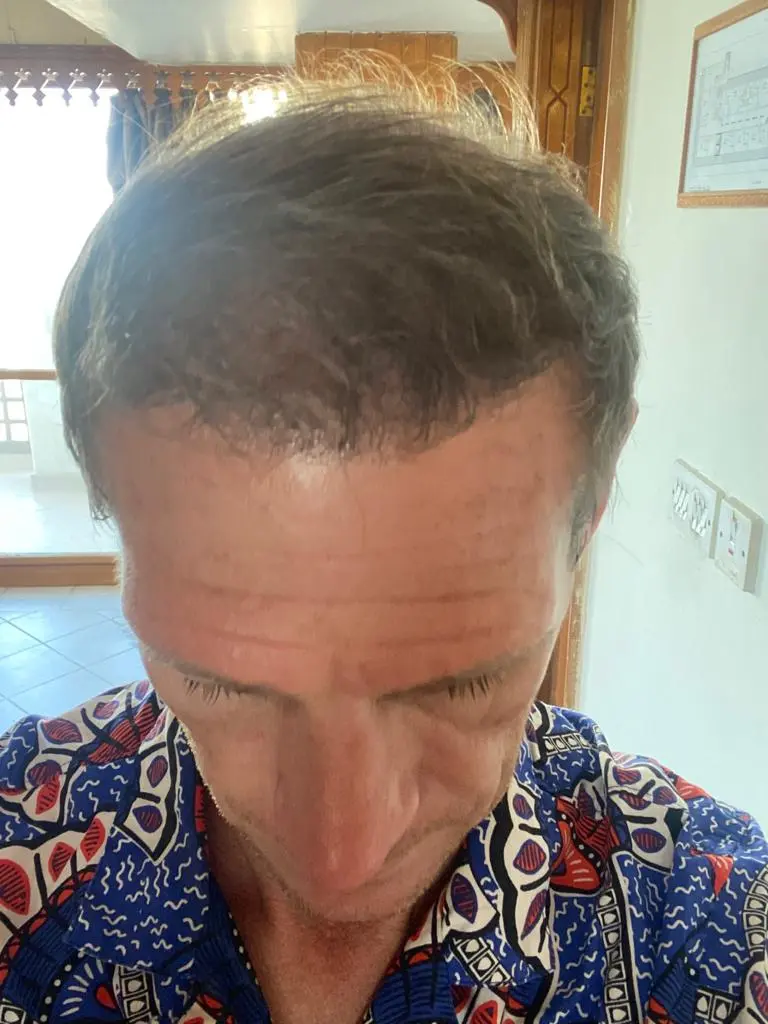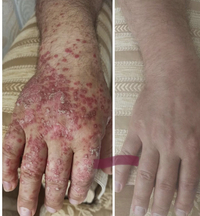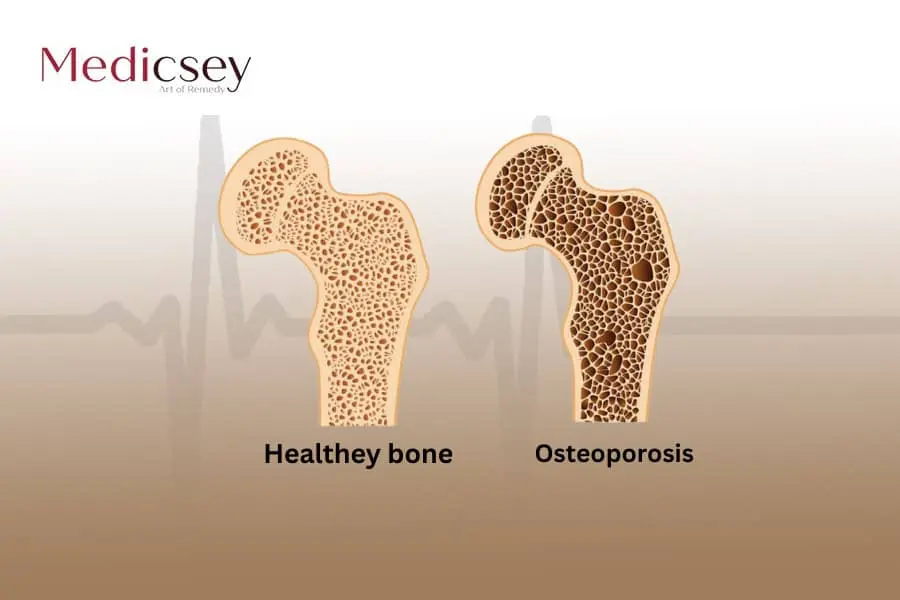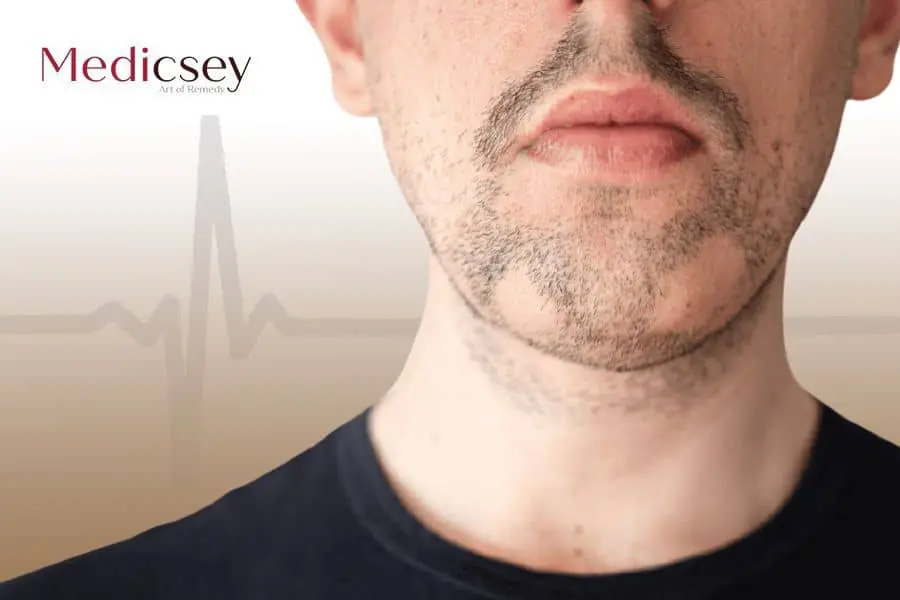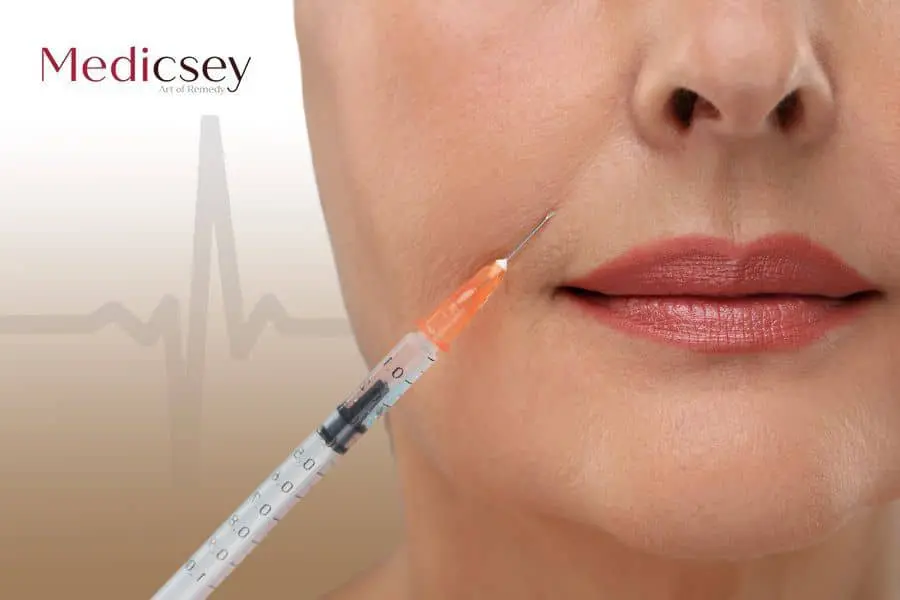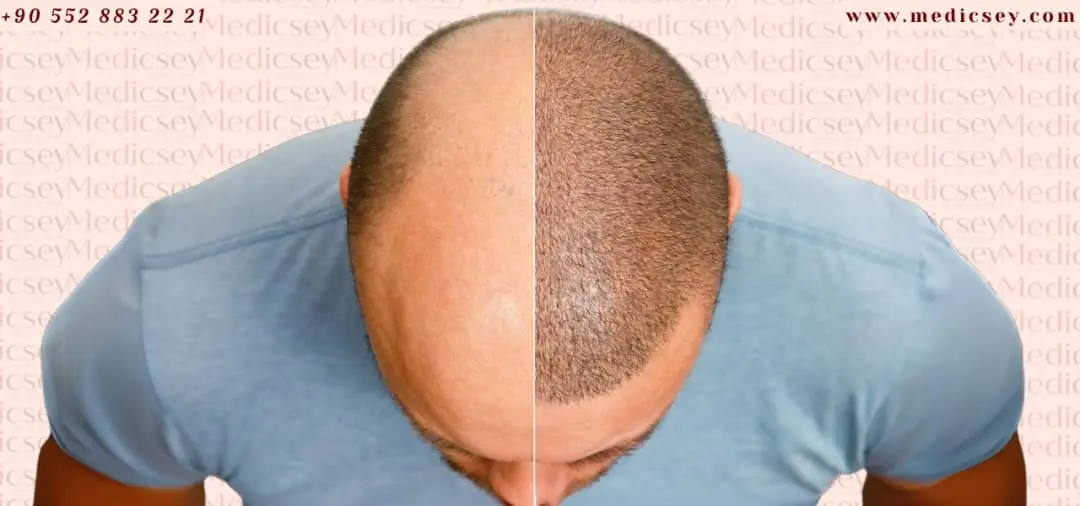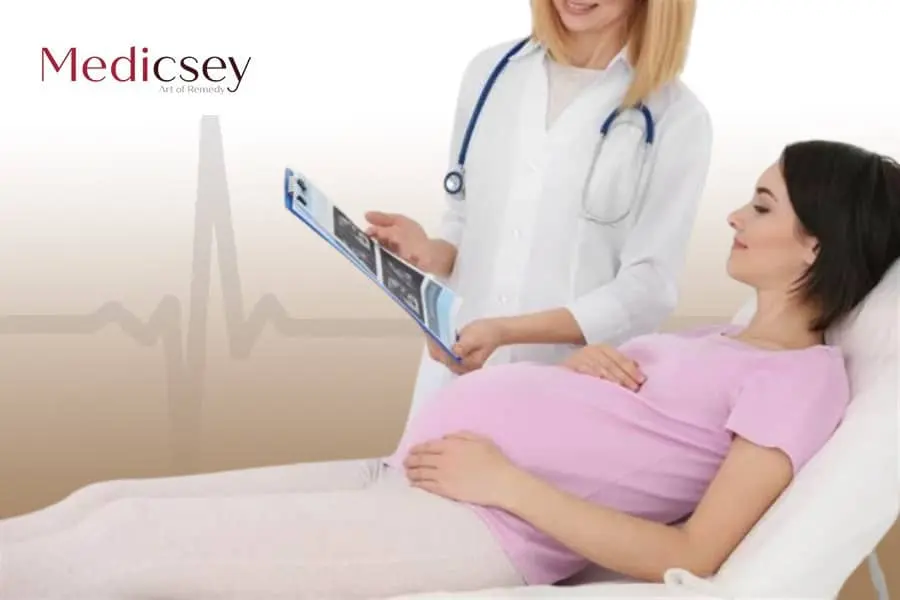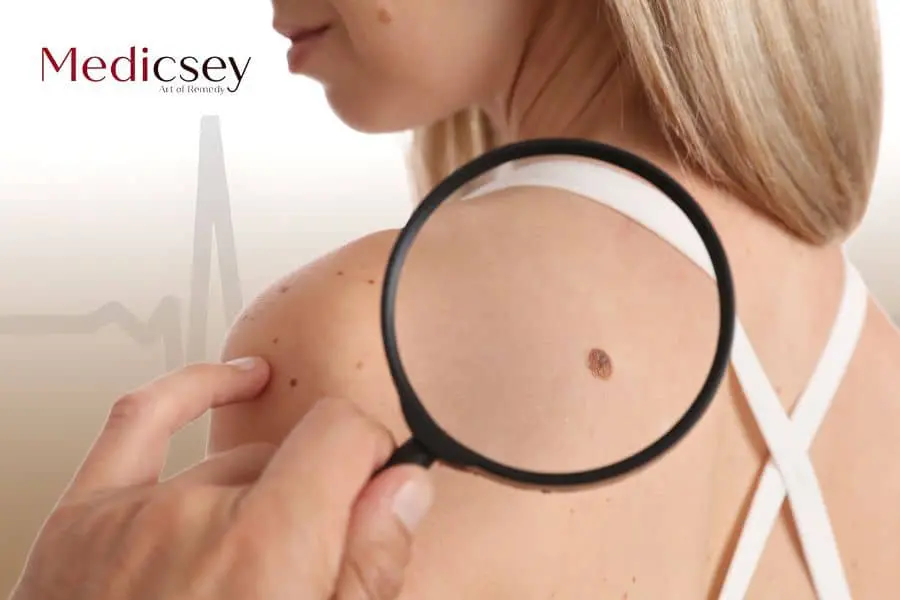There are spaces within the human bones, the size of these spaces increases in osteoporosis, as well as the bone structure becomes fragile and weak. This leads to an increased chance of fractures, and fractures can even occur for individuals with osteoporosis. During routine activities such as standing or walking.
Table of Contents
Osteoporosis
Osteoporosis is a common problem in which bones become weak, easy to break, and develop slowly over several years. The disease is often diagnosed with a slight fall or sudden causes that cause bone fracture.
Risk factors for osteoporosis
There are some risk factors that increase a person's chance of developing osteoporosis, such as:
Factors related to hormonal disorders
- Increased secretion of thyroid hormones.
- Adrenal gland dysfunction such as Cushing's syndrome.
- Low level of sex hormones such as testosterone or estrogen.
- A defect in the pituitary gland.
- Increased activity of the parathyroid gland.
Other factors
- Aging.
- Women, especially after menopause.
- Family history of osteoporosis.
- One parent has suffered a previous fracture in the groin area.
- Low BMI in people under 19.
- Prolonged use of steroids, such as in cases of arthritis and asthma.
- People with an appetite disorder, whether increased or decreased appetite.
- Gastrointestinal diseases such as Crohn's disease.
- Medicines used in the treatment of breast or prostate tumors.
- Spend long periods of bed rest.
- Low level of calcium in food.
- The individual was exposed to one of the bariatric surgeries.
- Liver or kidney disease.
- Some types of tumors.
Groups at high risk of osteoporosis
- Ladies over the age of 65.
- The woman reached menopause, in addition to having suffered at least one incident of a broken bone.
- Suffering from medical conditions associated with the spine.
- Receive drug therapies to treat osteoporosis, such as prednisone.
- Suffering from: diabetes, diseases that may affect the thyroid gland, liver disease, or any kidney disease.
- If there is a family history of osteoporosis.
- Menopause in females at an early age.
Symptoms of osteoporosis
There are usually no symptoms in the early stages of osteoporosis. However, when the bones are weak, the patient may show the following symptoms:
- Back pain as a result of fracture or wear of the bones of the spine.
- Short stature over time.
- Body curvature.
- Easy bone fractures.
Complications of osteoporosis
There are some complications caused by osteoporosis, most notably:
- Bone fractures, especially in the spine or hip:
It is the most serious complication of osteoporosis. Hip fractures are often caused by falls. It may lead to disability in the patient.
In some cases without blows or falls may occur fractures of the spine. Due to the weakness of the vertebrae as they begin to compress on top of each other, causing severe back pain.
- A number of fractures may lead to the loss of part of the height, and the curvature of stature.
Diagnosis of osteoporosis in Turkey
The best orthopedic doctor in Turkey can diagnose cases of low bone density or the early stages of osteoporosis. Through the use of a range of methods to measure bone density, methods for diagnosing osteoporosis in Turkey include:
Bone density test
This procedure is easy and fast and gives high-precision results based on double X-ray bone absorption measurement and is the best imaging method.
In this test, bone density is measured in the spine, palm joint and pelvic bone, which are the most susceptible places to osteoporosis. This test is also used to monitor changes in these bones over time.
Other tests such as:
- Ultrasound.
- Computed tomography.
Prevention of osteoporosis
Some tips may contribute to the prevention of bone mass loss:
- Physical activity.
- Add soy products to the daily diet.
- Avoid smoking.
- Refrain from excessive intake of alcoholic beverages.
- Consume adequate amounts of calcium.
- Reduce caffeine consumption.
- Consume adequate amounts of vitamin D.
Treatment of osteoporosis in Turkey
There is no definitive cure for osteoporosis, but the right treatment can stimulate the growth of new bone and help strengthen and protect bones.
Treatment for osteoporosis includes lifestyle changes, whether dieting or exercise, as well as drug therapy.
Drug therapy
The most common medications to treat osteoporosis are called bisphosphonates, as they prevent the loss of bone mass. It can be used orally or injectably, and includes:
Alendronate.
Ibandronate.
Risedronate.
Zoledronic acid.
Some other medications that contribute to treatment include:
Testosterone: Testosterone helps increase bone density in men.
Hormone therapy: Using estrogen during and after menopause helps stop bone density loss in women, but estrogen therapy has been associated with an increased risk of heart disease and some cancers.
Raloxifen: This medicine can be used instead of estrogen to avoid the risk of using estrogen.
Dinosumab: This medicine is taken as an injection and has good results in preventing bone loss.
Terriparatide: This medicine is taken as an injection and stimulates bone growth.
Calcitonin: It is used as a nasal spray and reduces bone loss.
Romosozumab: The U.S. Food and Drug Administration has approved the use of this drug to treat women who have experienced menopause and have a risk of fractures. Two injections are taken under the skin once a month for 12 months or less. But this medicine may increase your risk of heart attacks or strokes.
Thus, we have learned about the treatment of osteoporosis in Turkey and how it is done, if you have any questions. Do not hesitate to contact Medicsey Center now and you will find the best orthopedic surgeons in Turkey ready to help you at all times. Contact us now.
read more: Hip replacement surgery in Turkey





